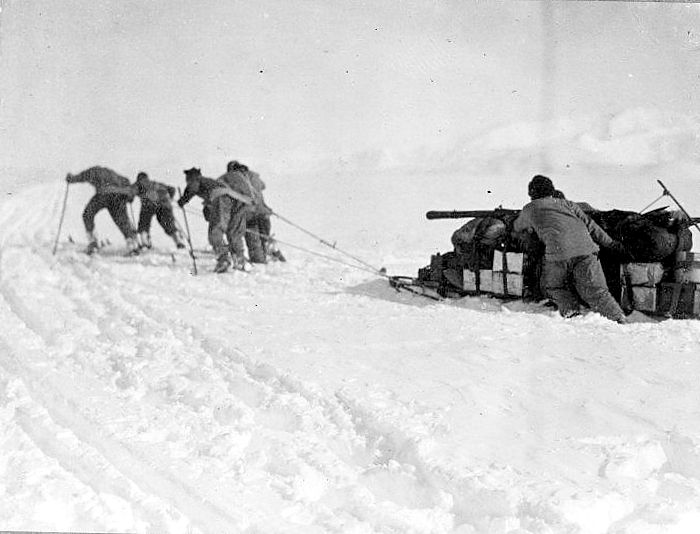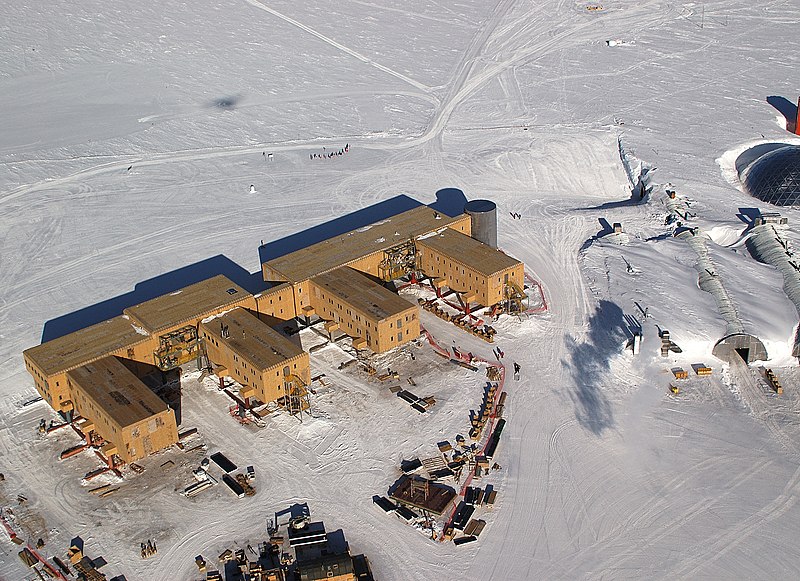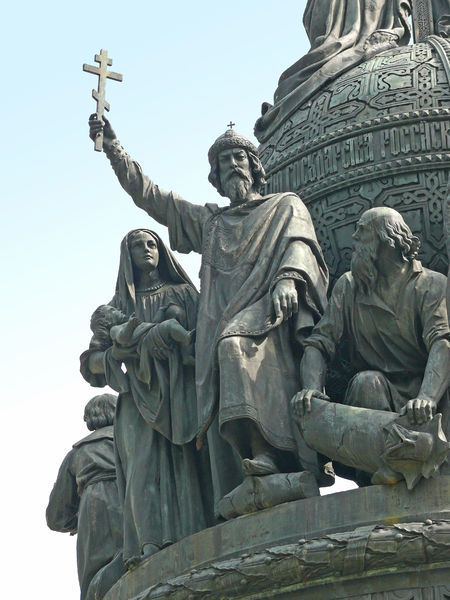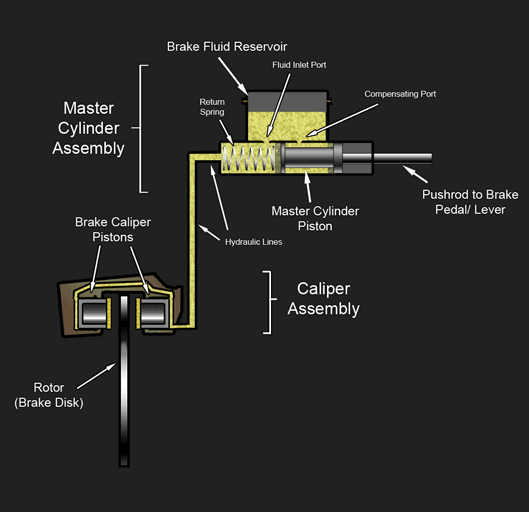We just learned about the
Roald Amundsen.
Another famous Antarctic explorer was
Robert Falcon Scott.
He was a British sailor who joined up with a man named Ernest Shackleton for the "Discovery" mission to get to the south pole in 1901.
They landed in Antarctica and did some exploring, but did not make it to the south pole.
Scott went again in 1909 on the "Terra Nova Expedition" and was famous for using motor sleighs for a lot of the work, and also horses as well as dogs.
He was going to the south pole at the same time as Roald Amundsen, but Amundsen got there first.
At the very last part of the trip, he chose 4 men to go to the pole, and sent everyone else back.
On the way the motor sleighs stopped working, so the men had to pull the sleds themselves, but they kept going.
After his team of 4 men made it to the south pole, they took pictures as proof, but on the way back they had many troubles.
The temperature dropped a lot lower, the winds that were supposed to push them along stopped, everyone was getting frostbite, and they ran into some terrible storms.
They finally made it to the place where there was supposed to be some food, and also some sled dogs to help them make the trip back.
Because of the bad weather, the people who were supposed to bring the sled dogs did not make it there in time, and so the four men froze and died.
Later on in November of that year they made a trip out into the cold and found Scott and his men.
They made a grave site there, put up a big cross and named the place Observation Hill.
Before those men died, some of them had dug into the ice and found some fossils, and kept them.
There were over 2,100 things found that they collected and sent back to England to study.
With these discoveries, they proved that at one time Antarctica was warm and had trees before it was all frozen over.






(from: wikipedia -
robert falcon scott)
Kid Facts - Blast from the past: Castles and Palaces













































